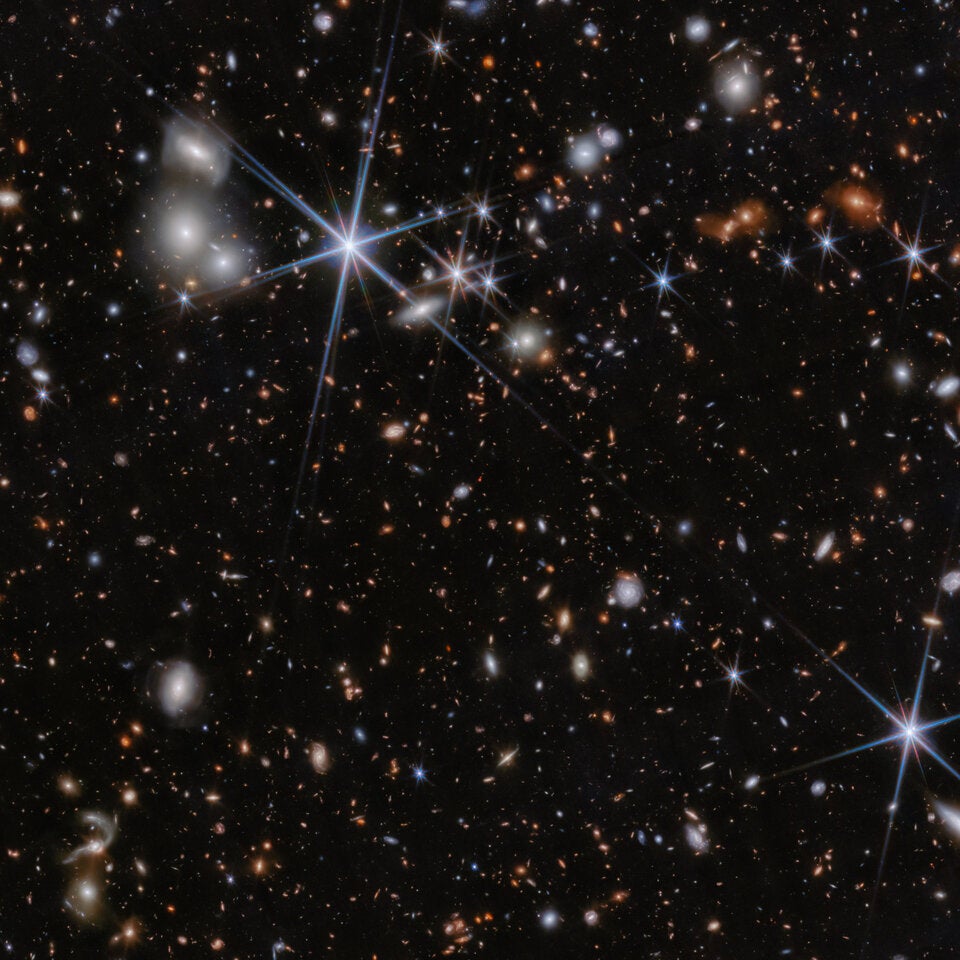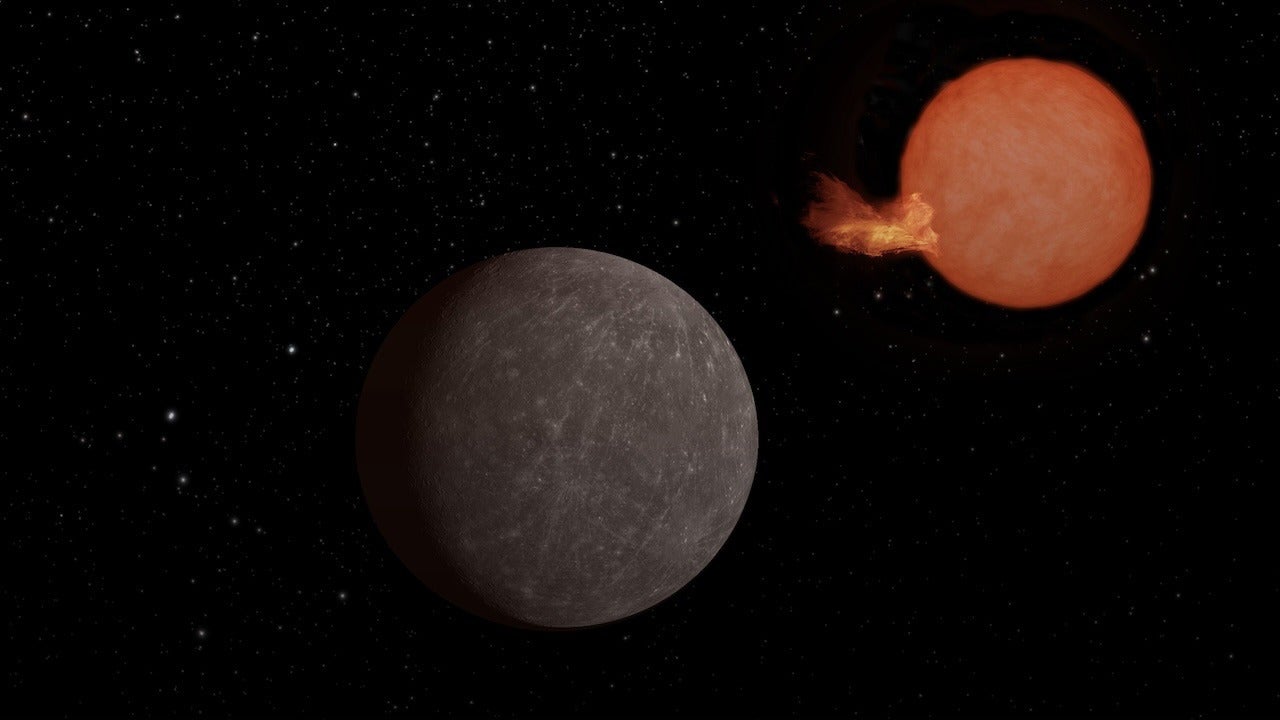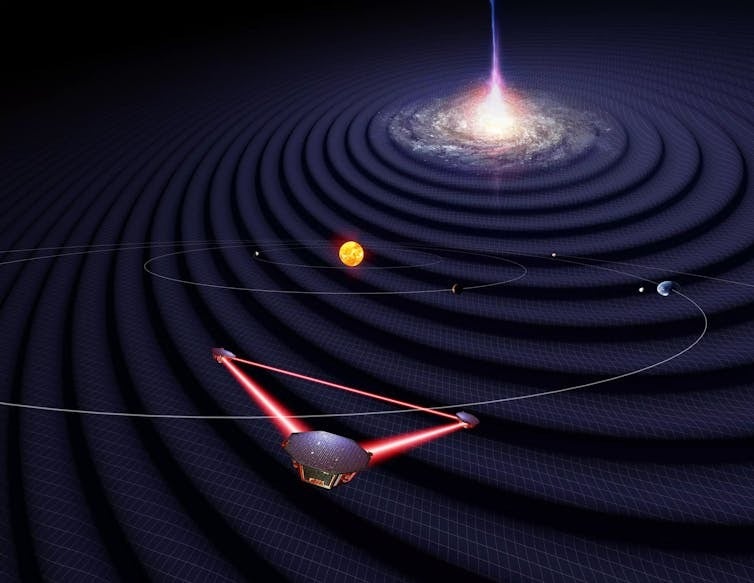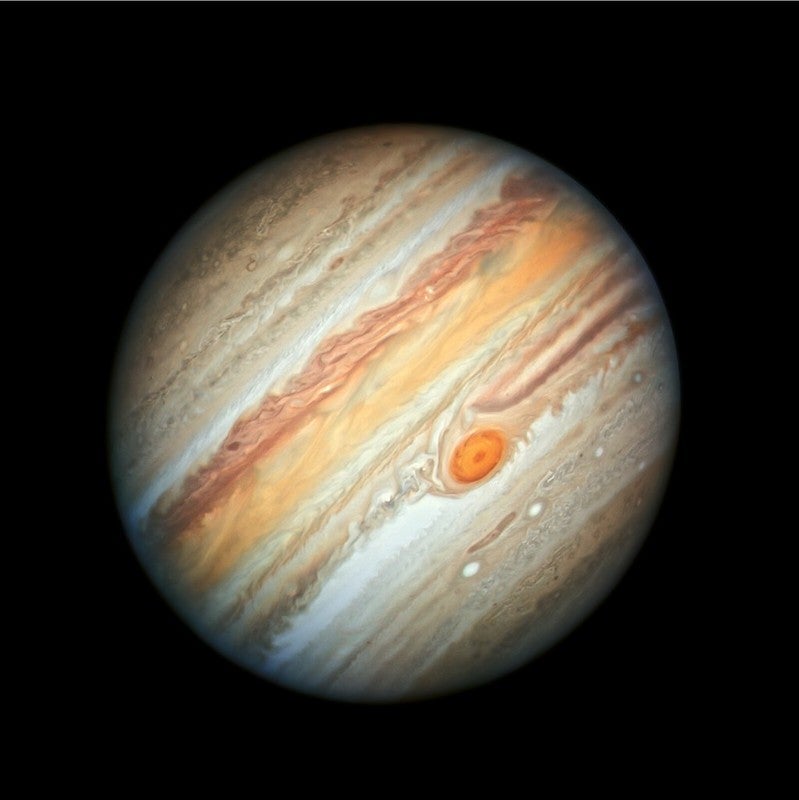
Antarctica has long been loved by astronomers for hosting rocks from outer space — more than 48,000 meteorites cataloged were found here, and about 1,000 new ones are recovered each year, thanks to their dark profiles that are easy to spot on the icy white plains of the frozen continent. However, as human-driven climate change raises temperatures in the isolated South Pole at twice the rate as elsewhere on Earth, approximately 5,000 meteorites are heating up and sinking into the ice every year and becoming inaccessible, a new study finds.
“This is shocking — you are losing five times as many meteorites as you are finding,” says Harry Zekollari, a glaciologist at the Vrije Universiteit Brussel in Belgium and the co-author of the new study. “I wasn’t expecting we’d lose so many.”
Disappearing meteorites
Many of the rocky shards are leftovers of fragmented asteroids hovering in the main asteroid belt between the orbits of Mars and Jupiter, while others were birthed in outer reaches of our solar system. These ancient rocks circle the Sun for millions of years before some gravitate toward Earth, so astronomers find them to be precious storytellers of the early solar system, and perhaps even of the genesis of life on our planet.
The cosmic remnants rain down on Earth regularly: France, for instance, witnesses 50 such space rocks every year. Scientists searching for the cosmic remnants in Antarctica, where most of the extraterrestrial bounty historically has been, focus on areas near mountains, whose size obstruct the typical oceanward drift of landed meteorites and redirect them toward the ice sheet. There they remain undisturbed for thousands of years thanks to stagnated ice flow and lack of weathering.
“Some of these promising areas also typically are at low elevations,” says lead author Veronica Tollenaar of the Université Libre de Bruxelles in Belgium. “They’re also very prone to climate change.”
About 300,000 to 850,000 meteorites are yet to be collected from Antarctica’s ice sheets, and in recent years researchers have already found them to be perched partly in the ice sheet, rather than fully exposed. Even when temperatures are well below 32 degrees Fahrenheit (0 degrees Celsius), the sunlight warms the meteorites, whose dark profiles soak up solar radiation more easily than other types of rocks, says Tollenaar. The warmed meteorites then melt underlying ice into pools of water which over time deepens into a hole, sinking the rocks. After the water refreezes into ice during local winters, the meteorites become inaccessible.
“In some sense, it doesn’t matter how deep it sinks because once it disappears from the surface, it would be very hard to spot it,” Tollenaar says.
The findings are based on a machine-learning model developed by Tollenaar and her colleagues, which estimates the number of meteorites visible across various regions in Antarctica under different warming conditions. Using the algorithm, the researchers had previously created a treasure map depicting 600 unexplored meteorite-rich zones, to aid the search for meteorites. In the latest study, the researchers forecast how many meteorites would be lost under varying climate change conditions, based on their previous climate-modeling work. The findings indicate that over the next few decades, somewhere between 4,000 to 6,000 rocks in such zones will sink into the ice every year, while over 75 percent would disappear by the end of this century, according to the study, which was published this month in the journal Nature Climate Change.
Under current policies, which may cause global warming of about 4.7 F (2.6 C), nearly 30 percent of the space rocks will become unrecoverable by 2050, the study finds.
“It’s basically a wake-up call to funding bodies that if we want to get these meteorites, we need to get on with it,” says Geoffrey Evatt of the University of Manchester in England, who wasn’t involved with the new study. “We can’t really wait 20 years.”
Can the sunken rocks ever be recovered?
Most of the meteorites collected from Antarctica have been spotted by eye, by researchers riding on snowmobiles in search of visible space rocks jutting out of the ice sheet. Evatt, for instance, was part of U.K.’s first Antarctic expedition that recovered 120 meteorites from 2017 to 2020, a trip that like many other field campaigns materialized after at least five years of planning.
“After all those years, you finally find yourself out there, and there’s a meteorite in front of you,” he says. “It’s quite incredible.”
Just how the sunken meteorites can be dug out is still an open question. During their field campaign, Evatt’s group tested a metal detector designed to look for subsurface iron meteorites. Although the detector, which was dragged by a snowmobile to which it was hooked, was able to identify decoys the group had manually trapped into the ice — validating the technology — the wavelike “Sun-cupped” area “shattered the system” over multiple days of use, says Evatt. “We couldn’t search a large enough area to find the very low number of iron meteorites we were looking for.”
“We don’t have a lot of time to develop good methods,” adds Tollenaar. “We have to act rapidly, and go there and find and recover as many [meteorites] as we can still do.”









